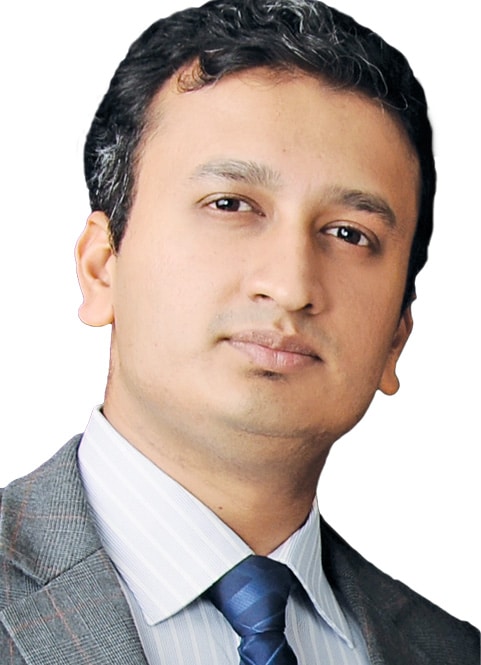Applications of the Internet of Things (IoT) are undergoing prolific expansion across industries. Ranging across verticals such as manufacturing, utilities, logistics and agriculture, the IoT is shifting the paradigm of technology. What does this mean for India’s IoT ecosystem? How will the business opportunities in IoT evolve? Rajkiran, director, Thingworx OEM business, talks to Nidhi Arora, executive editor, Electronics For You

Q. How are the business opportunities in the IoT evolving?
A. In the IoT space, we are trying to make the physical world of objects, or things, active. We put a sensor on the top and write an application that picks the data out and sends it to a central repository where analysis is done. Data can be related to many objects. So, in the IoT, usage will be large, with customisations done based on purpose-specific applications. Consumers are beginning to recognise these applications and their benefits.
As a result, in future, solution providers who use application-development platforms will be in a commanding position to drive their businesses. If they can create the right application for the right industry, they can work on that use-case and update the application for other purposes in a matter of hours.
The best part is, with basic knowledge of JAVA, C or Android, you can develop an application without writing much code. That is something the industry has demand for, and many solution-providers are identifying this opportunity.
Q. What are the most crucial challenges in building the IoT?
A. To start, there is a lot of focus on security at different levels of the IoT stack, namely, chip, device, platform and network.
Then, there are the various regulations that the government plans to bring. For now, we can only wait and watch for what comes next.
The third focus area is cost. This varies based on the number of sensors to be included at different levels of a solution, while trying to make the devices intelligent. In emerging markets like India, where cost of labour is not too high, companies might find the upfront cost of investing in IoT technology to be high. Companies like ours have to take charge to convince these organisations to invest in the IoT looking at its long-term benefits, which can be challenging.
Another evaluation point is Internet connectivity. Since most applications run on Internet backhaul, this is directly influenced by the strength of the available network. For instance, applications in rural areas like smart farming and agriculture require improvements.
Q. Where is the IoT finding the major volume of applications, and why?
A. Industry 4.0 is enabling the shift of manufacturing towards smart solutions and, eventually, will help in improving the overall equipment effectiveness. Even one to two per cent improvement using these technologies will save millions of dollars for businesses. Recognising these prospects, the Indian IoT industry has seen a large number of players in this vertical, creating higher business opportunities. For instance, our company has about eight partners and a whole host of customers in the smart manufacturing space.
Apart from that, we are also seeing many applications in the utilities space. Many solution providers are working towards creating connected utility services for electricity, water, gas and more, to make these centrally-controllable and smart.
Lighting and home automation is seeing good adaptation of these technologies. Logistics companies are also aware of the benefits these solutions bring.
Q. Tell us about your partnership model in the IoT ecosystem.
A. We deal with the software platform layer of the IoT stack. We build the platform so that our IoT partners can develop complete applications. The large host of ecosystem partners includes every level of enterprise.
Our primary ecosystem partners are solution developers. System integrators, on the other hand, implement their offerings along with solutions from our ecosystem partners and our platform. This is how our partnership model works. The IoT cannot be built by a single person—it always involves partnerships.
Q. Which industries or applications are target groups for your solutions?
A. Manufacturing is our home ground. Many of our partners have already built smart and connected factory applications using our platform. Since 1985, we have been actively providing manufacturing solutions, and have created a variety of software solutions like CAD, CAM and PLM. Apart from that, our applications are involved in smart agriculture. Our platform finds use in verticals like smart parking, smart vending machines and smart utilities.
The article was republished from the Electronics of Things Website.






